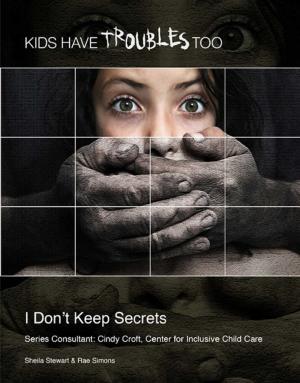| Author: | Jean Ford | ISBN: | 9781422289532 |
| Publisher: | Mason Crest | Publication: | September 2, 2014 |
| Imprint: | Mason Crest | Language: | English |
| Author: | Jean Ford |
| ISBN: | 9781422289532 |
| Publisher: | Mason Crest |
| Publication: | September 2, 2014 |
| Imprint: | Mason Crest |
| Language: | English |
An uncanny calm settles on the scene. The blaze is out. A soggy, sooty mess remains. Most of us wouldn't have a clue where to begin, yet fire and explosion investigators know precisely where and how to dig in. Other books in this series show that documents, fingerprints, a stray hair, fibers, bullets, tool marks, blood spatter, SNA, cigarette butts, insects, or even a simple candy wrapper can provide clinching proof in many legal cases—but fire and bombs destroy these bits of evidence. What clues can forensic scientists possibly glean from rubble and ash? Using real-life stories as examples, Explosives & Arson Investigation explores the world of fire—and bomb-scene investigation. From first-on-the-scene priorities to collecting and documenting evidence to lab analysis and its procedures, then finally assessing motive, this book reveals basic fire characteristics, what investigators look for, how they process what they find, the meaning of specific clues, and common motives—all while highlighting various forensic careers.
An uncanny calm settles on the scene. The blaze is out. A soggy, sooty mess remains. Most of us wouldn't have a clue where to begin, yet fire and explosion investigators know precisely where and how to dig in. Other books in this series show that documents, fingerprints, a stray hair, fibers, bullets, tool marks, blood spatter, SNA, cigarette butts, insects, or even a simple candy wrapper can provide clinching proof in many legal cases—but fire and bombs destroy these bits of evidence. What clues can forensic scientists possibly glean from rubble and ash? Using real-life stories as examples, Explosives & Arson Investigation explores the world of fire—and bomb-scene investigation. From first-on-the-scene priorities to collecting and documenting evidence to lab analysis and its procedures, then finally assessing motive, this book reveals basic fire characteristics, what investigators look for, how they process what they find, the meaning of specific clues, and common motives—all while highlighting various forensic careers.















